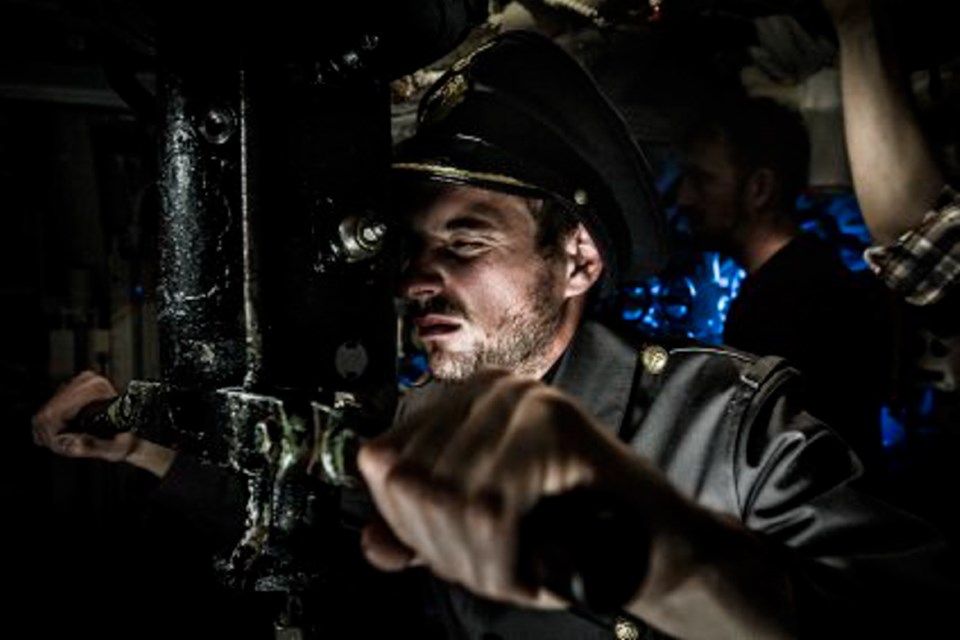Sean White has one piece of advice for anyone performing any kind of work on a submarine: wear a helmet.
“Prepare to be bruised, lots of bruises,” said White, in a telephone interview. “We all came away with many, many bruises just from smashing into pipes, knobs and doors.”
“We always wore helmets, but we should have worn shin pads, and knee pads and elbow pads, too,” said the 38-year-old photographer, videographer and filmmaker.
White has just wrapped up production on the television series Hell Below. He was director of photography for the six-part series for Smithsonian Television on submarine warfare in the Second World War, now airing Tuesday nights on Smithsonian.
White was born and raised in Victoria. One of his first professional jobs, from 1998 to 2000, was as a photographer at the Times Colonist. He left to expand his work, mostly in video.
White now lives in Tofino with his wife and two-year-old daughter, and pursues a wide variety of subjects around the world.
He has worked on The Most Dangerous Jobs series for Discovery Channel and another series on Crusaders Castles in the Middle East (it ended when civil war broke out in Syria).
Even just prior to the submarine assignment, with Vancouver-based Parallax Film, White said he was in the Bahamas for a series on that island nation’s own wildlife.
Hell Below, however, took him into a world with which he had much less experience: the close confines of submarines. Much of the video shooting was done on two actual Second World Subs, one American and one German, which now function has museums.
In both subs, the series used actors to re-create actual battle actions. Various naval military experts provided information and context.
White and the video crews travelled to Cleveland, Ohio, where the USS Cod, a Gato-class submarine and veteran of Pacific actions, now rests as a naval museum. Similarly they travelled to Laboe, in Germany, where U-995, a Type VII-C U-boat and the workhorse of the German submarine war, is also resting as a museum.
The crew also travelled to Halifax, where HMCS Sackville, the last remaining flower-class corvette, has been converted into a museum.
The Sackville is a small, surface vessel produced in big numbers during the Second World War. And it, too, was a workhorse, but for the anti-submarine, convoy escort service.
But it was the submarines, America and German, that still have White shaking his head over the conditions they imposed on the fighting men inside.
He said space is so tight there were times that there was no room for the director while shooting.
At the same time, in order to make the footage reflect the close confines of the submarine, much of the footage was shot with handheld cameras, held ‘right in the faces” of the actors.
Meanwhile, a production assistant might be banging, irregularly, on a pot. The noise was to make actors and film crew soak up some of the edgy atmosphere of being depth-charged — attacked with explosive bombs dropped by anti-submarine surface ships.
“We would come out at the end of the day saying ‘There is no way I could go down there for weeks on end,’ ” White said.
Hell Below airs at 8 p.m. Tuesdays on Smithsonian TV.



-thumb.png;w=120;h=80;mode=crop)